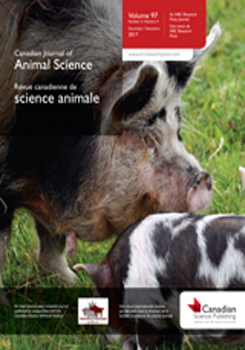Phenotypes of meat colour (Minolta L*, a*, and b*) measured from six different positions and genotypes (Illumina PorcineSNP60 version 2 Genotyping Beadchip) were obtained from 1977 crossbred commercial pigs. A genome-wide association study (GWAS) was conducted to detect genomic regions associated with multiple meat colour traits using the adaptive least absolute shrinkage and selection operator (LASSO), and single-marker association analysis was conducted to confirm the significance of the associations. A total of 20 genomic regions were detected and confirmed, with significant (false discovery rate <0.1) single-nucleotide polymorphisms (SNPs) found in all the candidate regions. Compared with a previous analysis conducted using the same population, the current analysis detected overlapping but distinct candidate regions and extended the number of candidate regions for meat colour in this data set. Seventeen of the 20 regions overlapped with known pork quality quantitative trait loci. Twelve genes within the candidate regions were found to be functionally related to meat colour and close to the significant SNPs. Related biological pathways included muscle fibre type composition, glucose metabolism, and lipid metabolism. The detected regions can be used in discovering new genetic causative mutations for meat colour in pigs. The results also provided new evidence for improved detection power of the adaptive LASSO in GWAS.
How to translate text using browser tools
8 November 2017
A genome-wide association study of meat colour in commercial crossbred pigs
Tianfu Yang,
Zhiquan Wang,
Younes Miar,
Heather Bruce,
Chunyan Zhang,
Graham Plastow
ACCESS THE FULL ARTICLE
It is not available for individual sale.
This article is only available to subscribers.
It is not available for individual sale.
It is not available for individual sale.





